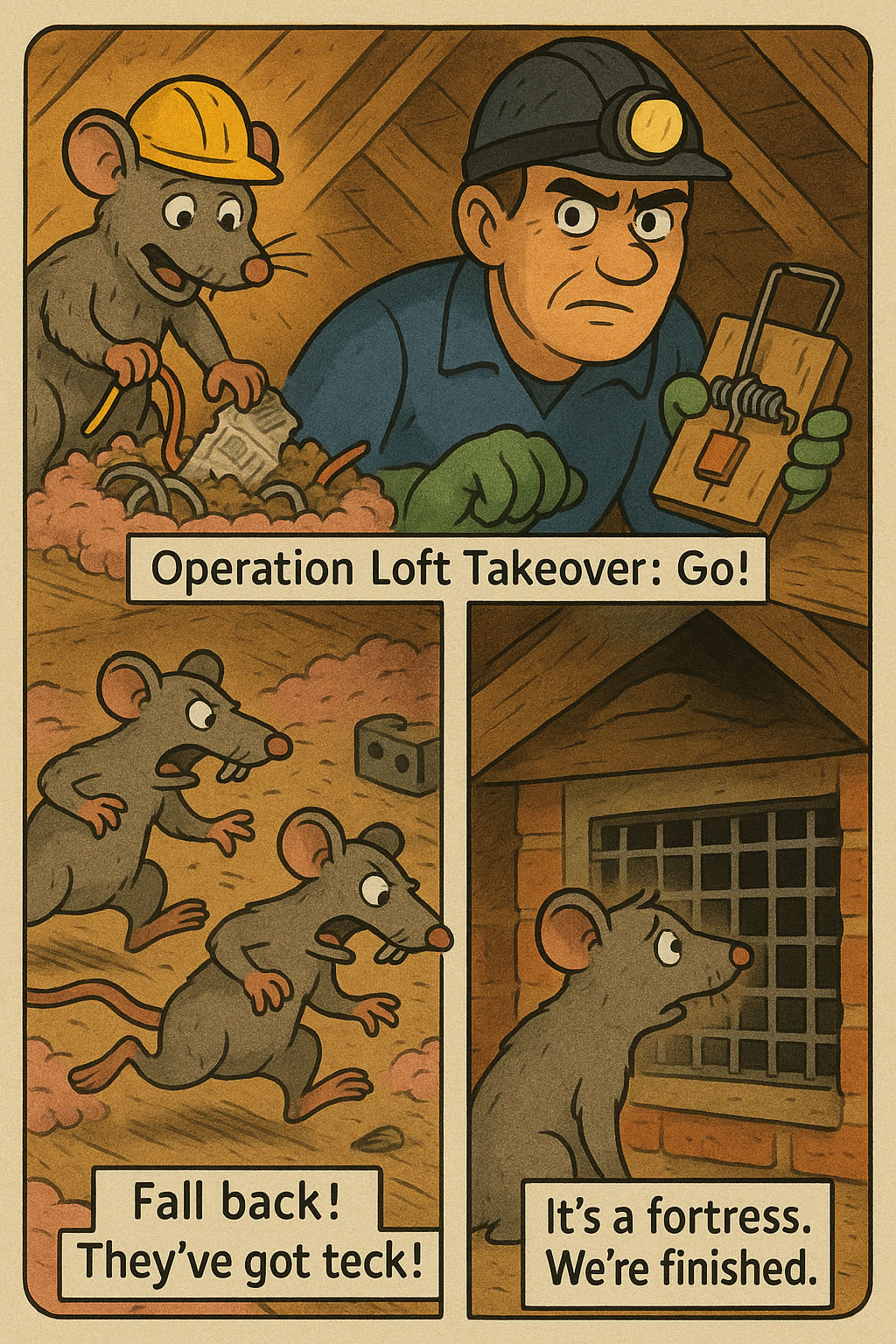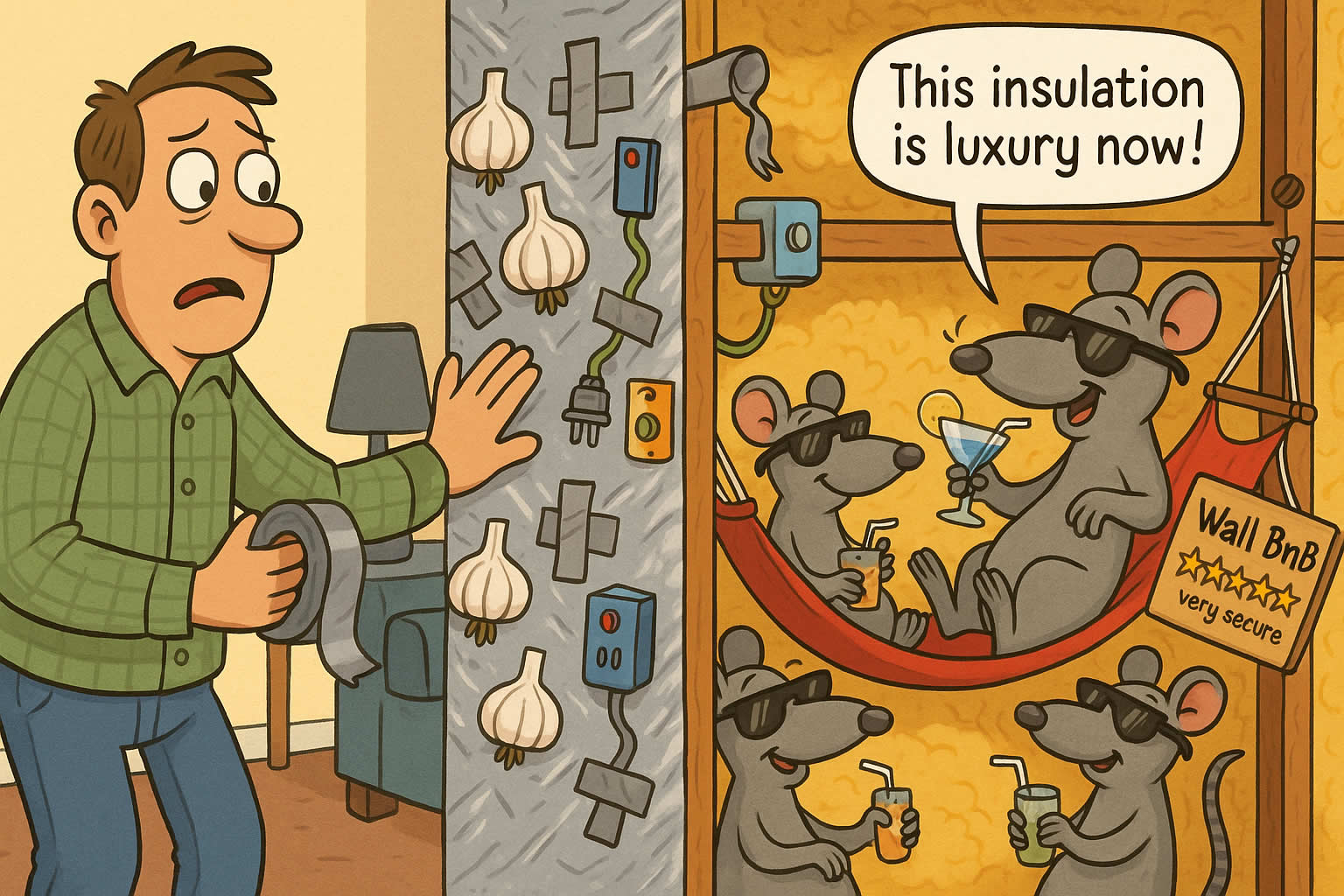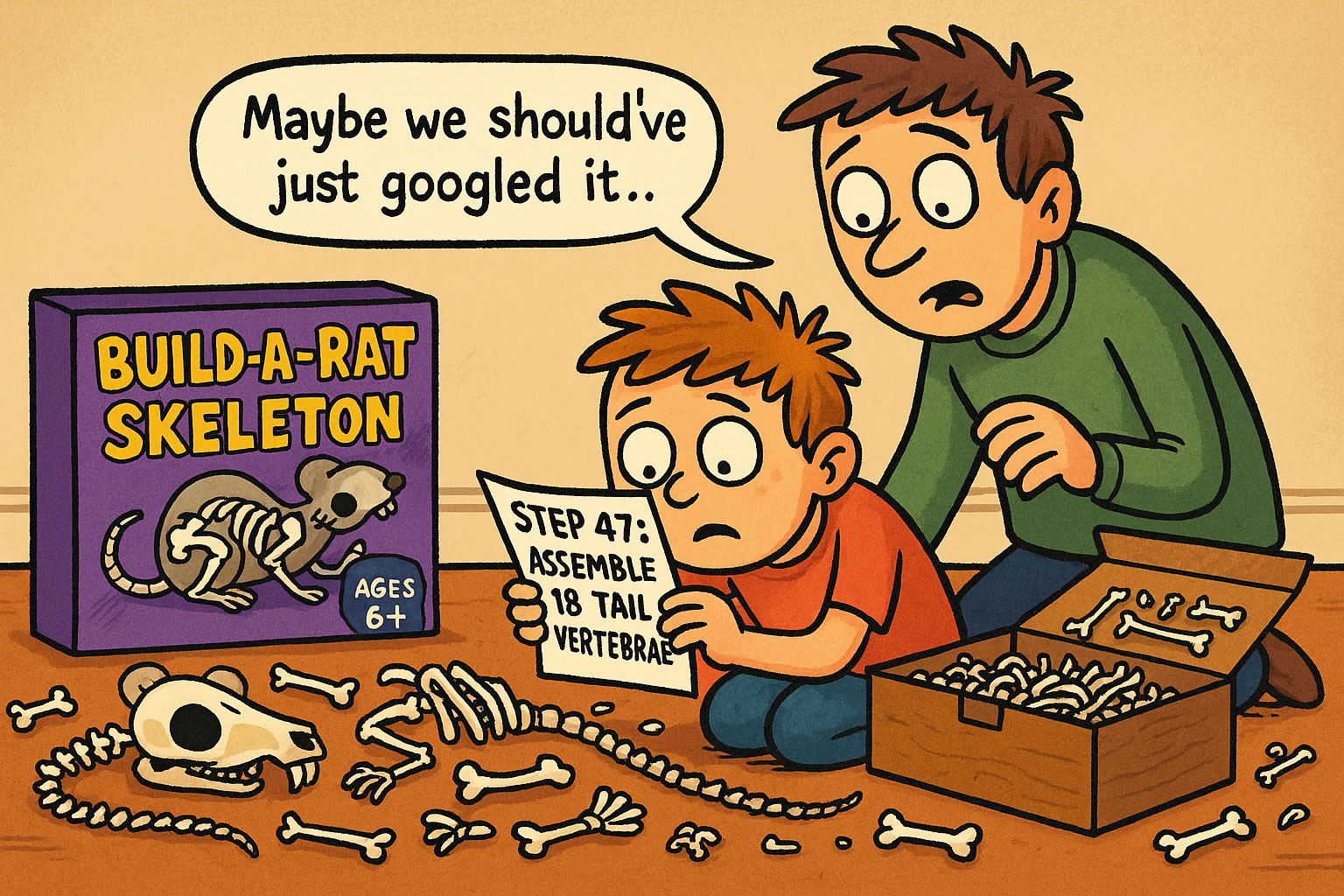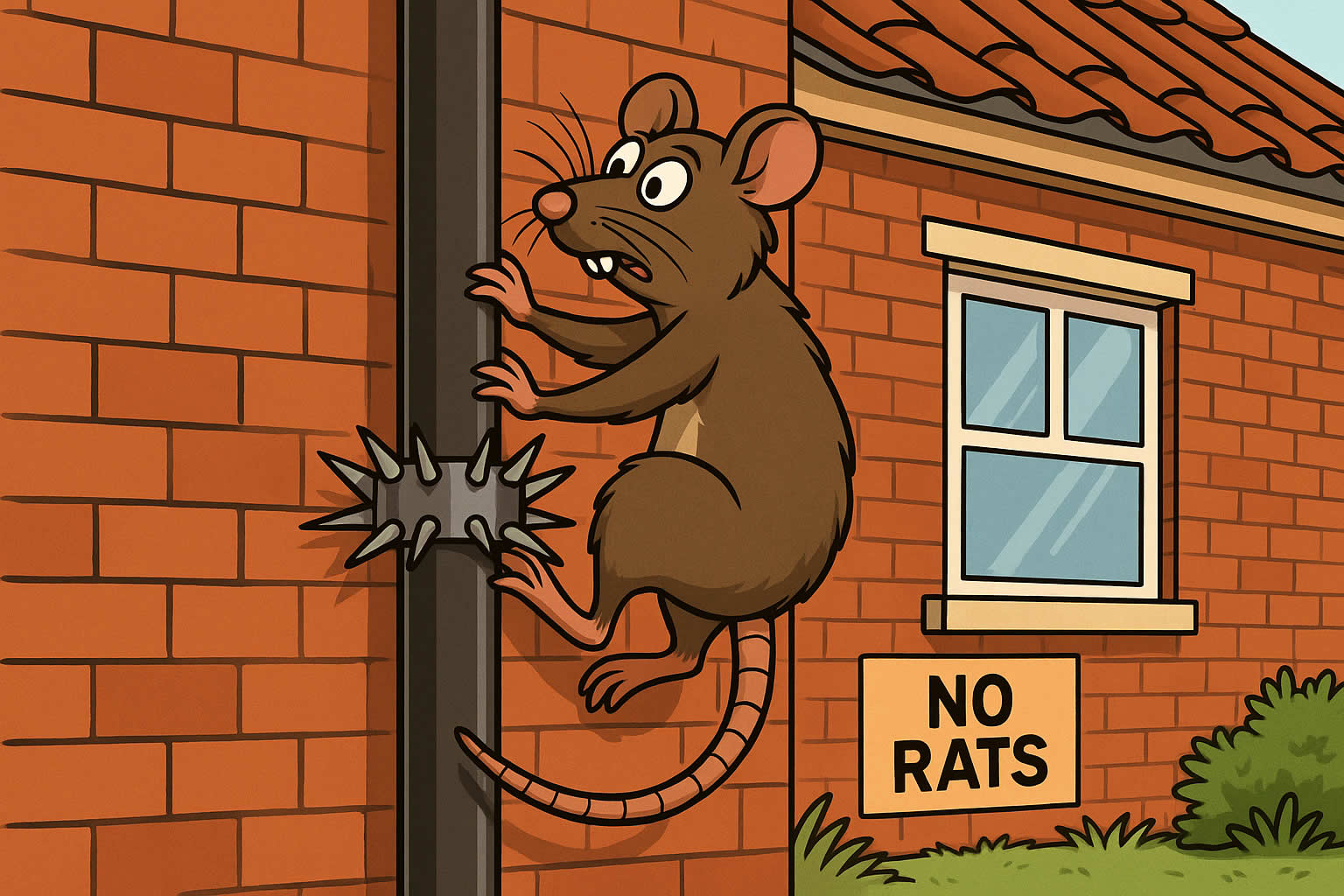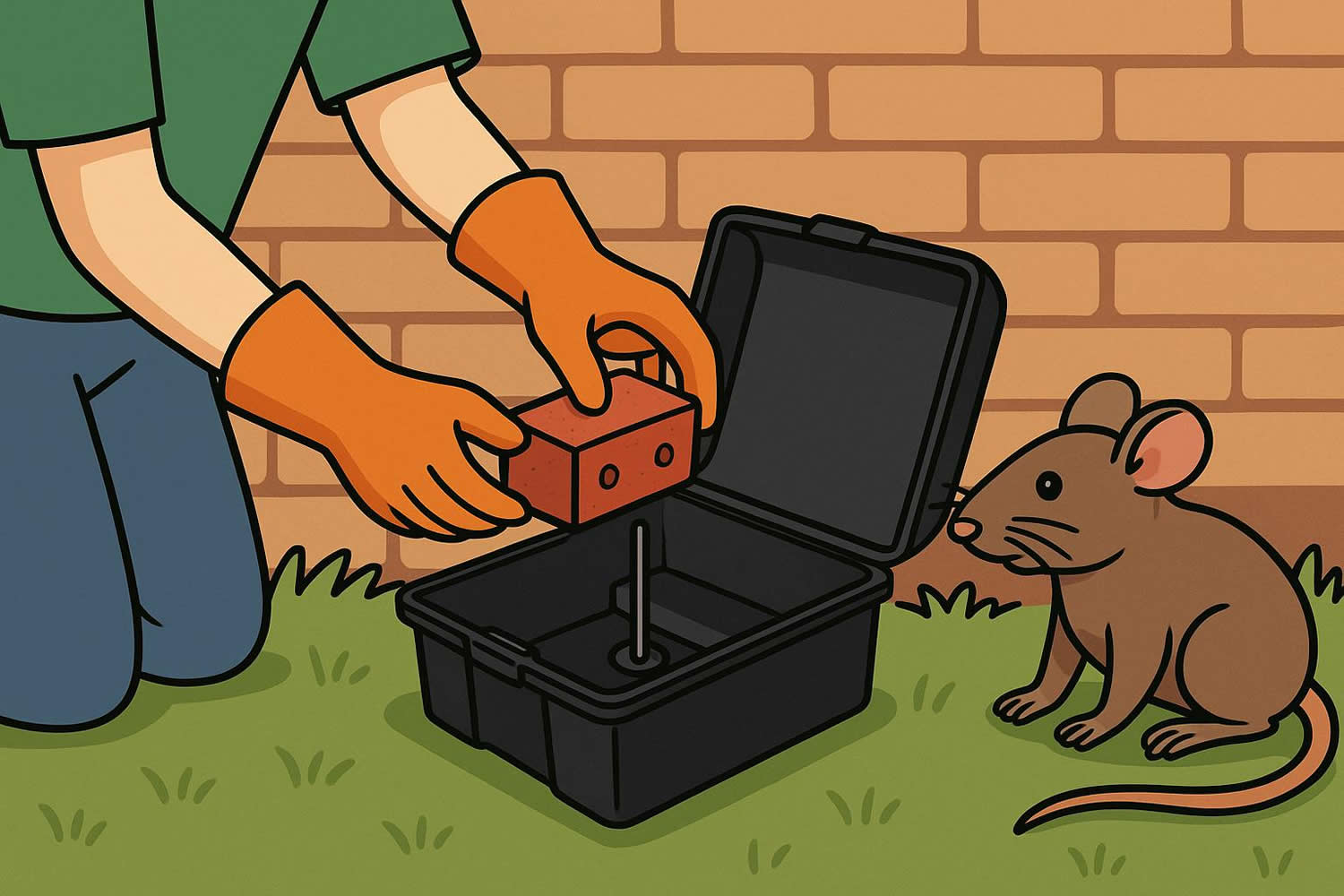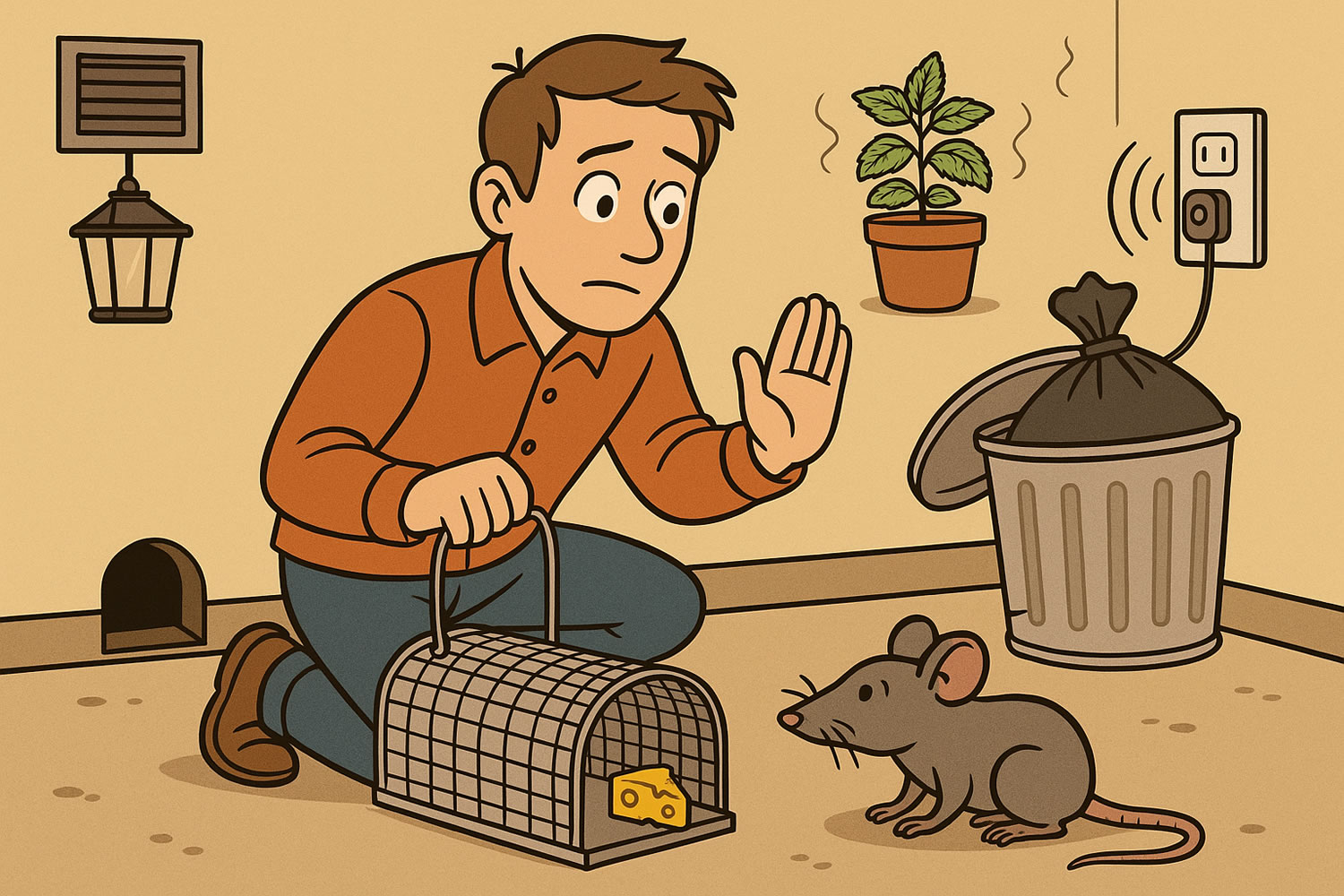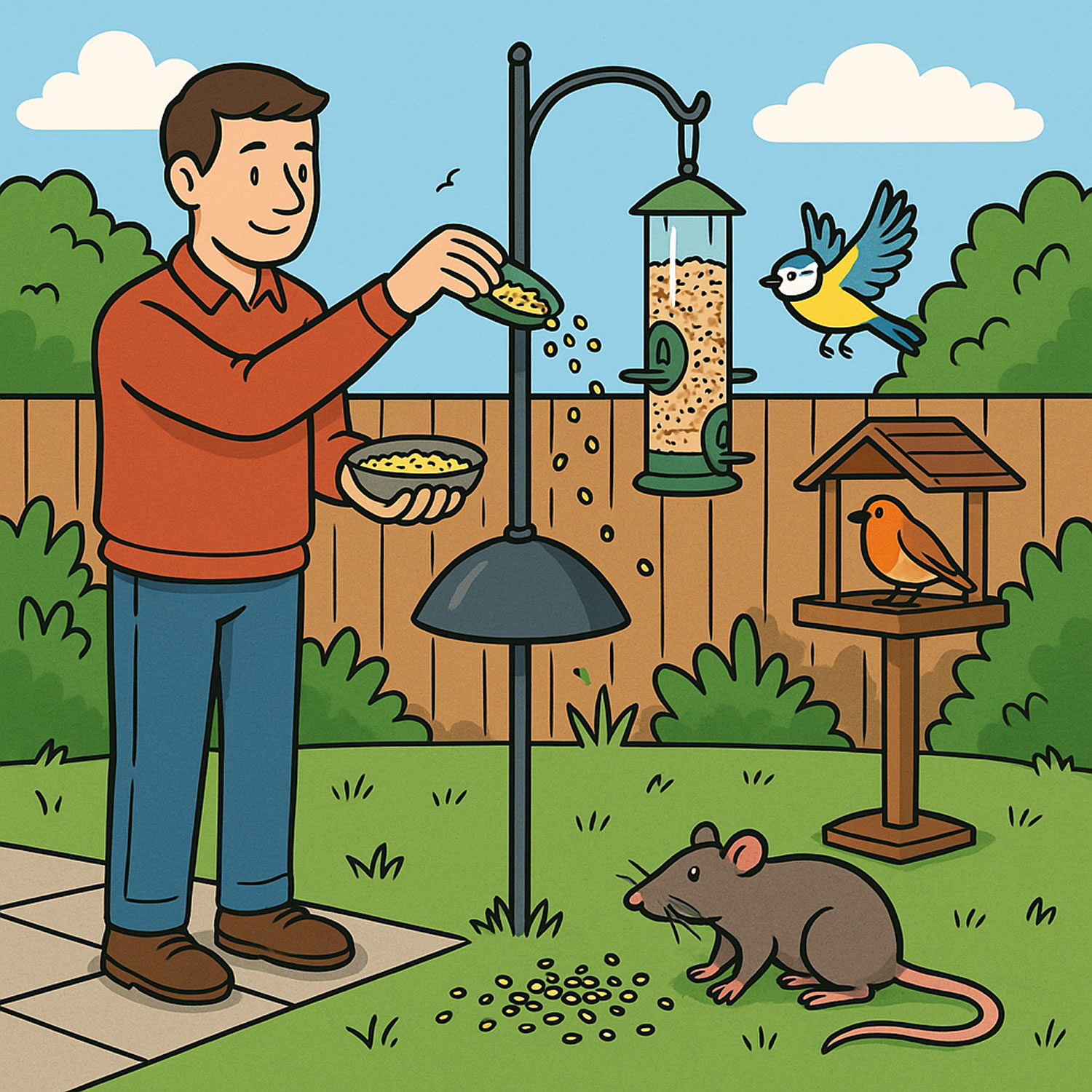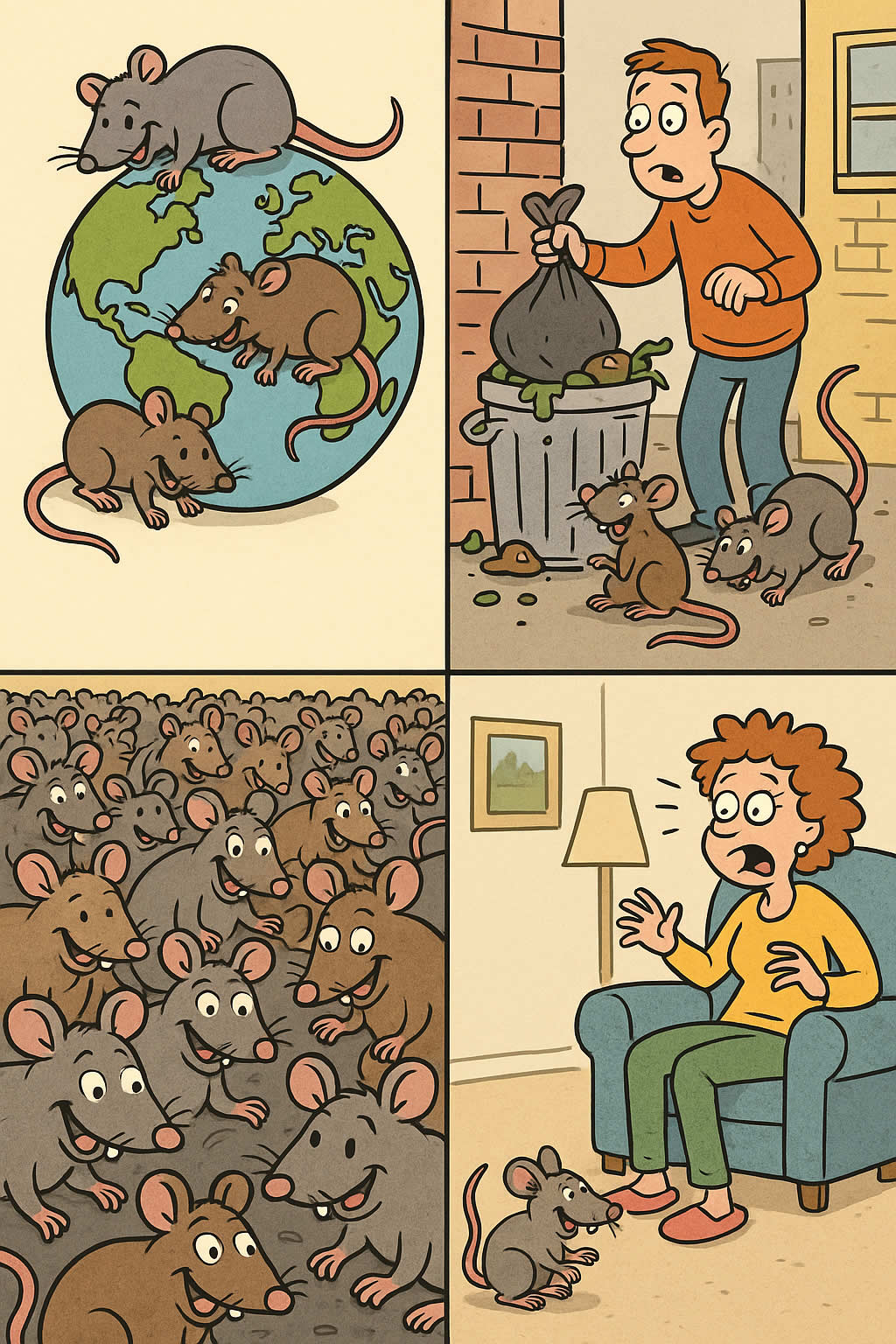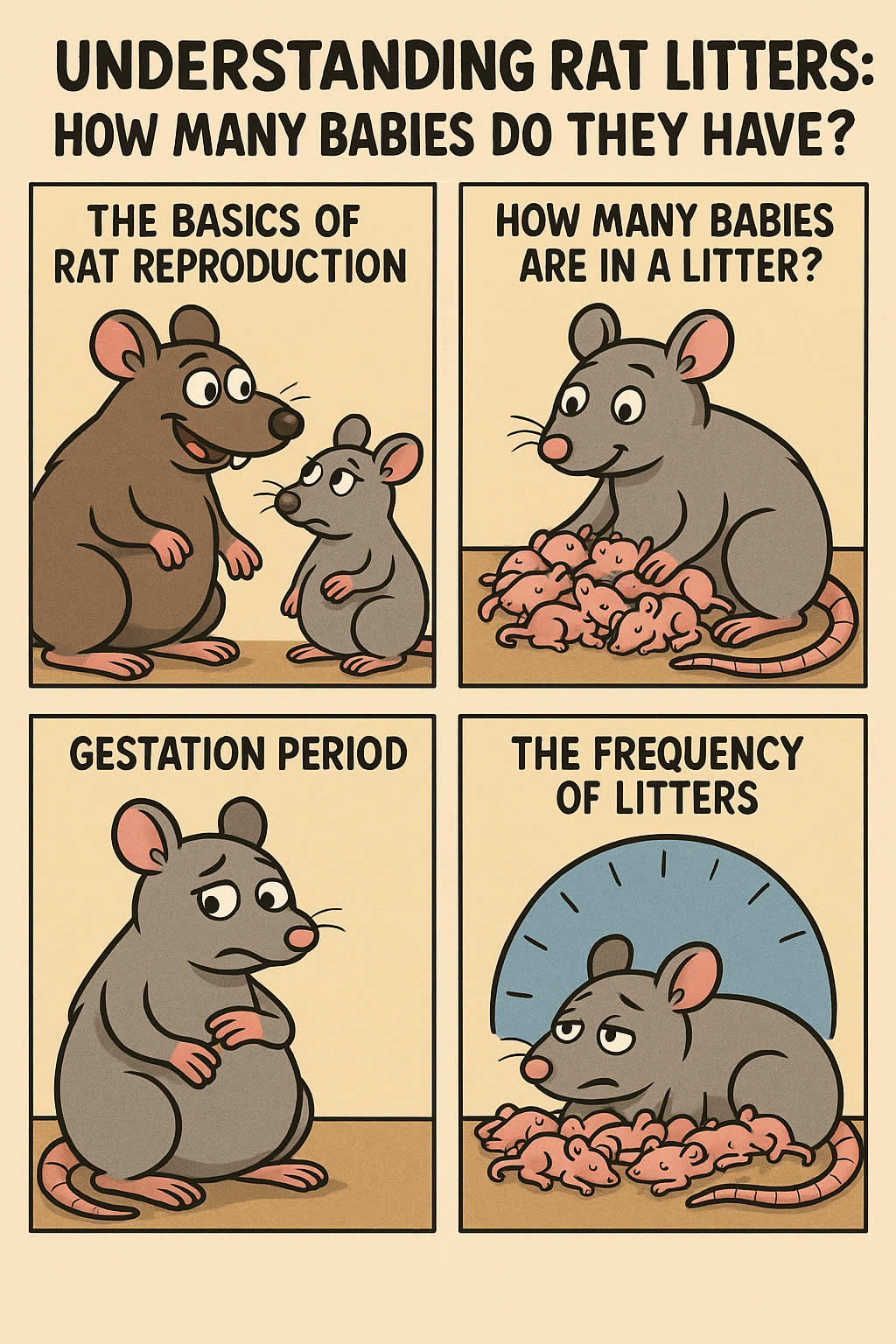Related Queries
ToggleIf you’ve heard scratching sounds above your head or found droppings in the loft, it’s likely you’ve got rats in your attic. It’s not just unpleasant – it’s a genuine risk to your health, your home, and your peace of mind. Getting rid of them quickly matters, but so does doing it properly. This guide will walk you through how to sort the problem – and keep it from coming back.
Why are rats in your attic in the first place?
Attics are warm, dry, and usually quiet – the perfect place for rats to hide. They’re looking for shelter, nesting material, and food. If they can squeeze through a gap in the eaves, climb up a drainpipe, or follow a wall cavity, they’ll move right in. Most times, they get up there through damaged roof tiles, vents without covers, or gaps where pipes or cables run into the house.
They don’t need much space – rats can get through gaps as small as 15mm. So even if you haven’t left food up there, just the warmth and safety of your attic could be enough to attract them.
What are the signs of rats in the attic?
Before you can deal with them, you need to be sure you’re dealing with rats – not squirrels, mice, or birds. Here’s what to look out for:
- Scratching, gnawing, or scurrying sounds – especially at night
- Droppings – rat droppings are dark, sausage-shaped, and about 1.5cm long
- Smear marks on beams or walls from their oily fur
- Nesting material – shredded insulation, paper, or fabric
- A strong, musky smell – their urine is pretty pungent
- Chewed wires, pipes, or wood
If you spot any of these, don’t ignore it. Rats reproduce fast and can do serious damage in a short amount of time.
Is it dangerous to have rats in the attic?
Yes, it is. Aside from the damage they do by chewing wires, pipes, and insulation, rats carry diseases that can be passed on to you and your family. Their urine, droppings, and saliva can contaminate surfaces and even the air in your home.
Diseases like leptospirosis, salmonella, and hantavirus can be transmitted from rats to humans. If you store anything in your attic – especially clothes, baby items, or sentimental things – rats could chew or soil them without you knowing.
So it’s not just an inconvenience – it’s a health and safety issue. That’s why dealing with them quickly and thoroughly is so important.
What’s the best way to get rid of rats in the attic?
You need to act in three clear steps: remove the rats, block how they’re getting in, and clean up the space. Skip one of those, and the problem will just come back. Here’s how to go through it properly.
- Get them out
There are a few ways to get rid of rats, but the right method depends on how many you’ve got and how comfortable you are dealing with it yourself.
Use traps
Snap traps are quick and reliable when used properly. Place them in corners, along beams, or near droppings – wherever you’ve seen signs of activity. Bait them with peanut butter, nuts, or dried fruit – rats are suspicious of new things, so it might take a few nights for them to approach.
Use humane traps if you prefer not to kill them
Live traps are available, but you must release the rats far from your home – and make sure you’re not breaking any local laws. Just keep in mind, if you don’t fix the access points, they might return.
Avoid poison if possible
Rodenticides might seem like an easy fix, but they carry risks. Poisoned rats can die in your loft and leave you with an awful smell. There’s also a danger to pets, wildlife, or even children if poison is misused or carried outside by the rats.
Call a professional if needed
If the problem is large or you’re unsure, bringing in a pest control expert is the safest choice. They’ll know exactly what they’re dealing with, and can use stronger solutions not available to the public. Many will also inspect your attic and point out access routes you’ve missed.
- Block their entry points
Once you’re sure the rats are gone – or at least no longer active – you need to stop them from coming back. This is where most people go wrong. It only takes one small gap for them to return.
Check these areas carefully:
- Roof tiles – replace any that are broken or missing
- Fascias and soffits – seal cracks and cover vents with mesh
- Pipe and cable entry points – use sealant or wire wool around gaps
- Air bricks or vents – fit rat-proof covers that allow airflow but block entry
- Overhanging trees – cut them back so rats can’t jump across
- Drainpipes – consider rat guards at the bottom and top if you suspect climbing
Use strong materials like metal mesh, wire wool, or concrete filler. Rats can chew through plastic, foam, and even wood – so don’t rely on soft fixes.
- Clean and sanitise the attic
Rats leave behind a mess – droppings, urine, nesting material, and bacteria. Cleaning your attic isn’t just about smell – it’s about making it safe again.
Wear gloves, a mask, and preferably eye protection when cleaning. Don’t sweep or vacuum droppings – that can send particles into the air. Instead, spray them with a disinfectant, leave it to soak, then wipe up with paper towels and dispose of them safely.
Disinfect all surfaces where you’ve seen signs of rats. If insulation has been heavily contaminated, you might need to replace it.
Once clean, keep checking the attic every few weeks for signs of fresh activity. Even if you’ve blocked the gaps, it’s better to spot a return early than deal with another full infestation.
What can you do to stop rats coming back?
Getting rid of rats is half the battle – stopping them from returning is just as important. Here’s how to keep your attic (and the rest of your home) rat-free in the long run.
Keep food and waste under control
Even though rats might not find food in your attic, they’ll explore upwards if they’ve found something downstairs. Store food in sealed containers. Don’t leave rubbish out overnight. Clean up bird seed and pet food. Keep compost heaps covered.
Cut back vegetation
Overgrown gardens, climbing plants, and trees that touch your roof make it easier for rats to find ways in. Trim them back and keep the perimeter of your home clear.
Secure bins and drains
Use bins with tight lids. Make sure drains are covered. If rats are getting in through the sewer, a non-return valve can stop them without blocking flow.
Inspect your home regularly
Every few months, check around the roof, gutters, and eaves. A little damage can turn into a big invitation. Keeping on top of repairs makes a big difference.
Is professional help worth it for attic rats?
In a lot of cases, yes. If you’ve tried traps and the problem keeps coming back, or you’ve sealed what you can but still hear noises, a pest control specialist can carry out a full inspection. They’ll check your loft, roof, and the rest of your property for hidden access points or nests.
They also have access to industrial-grade treatments and tools, which can speed up the process. And they’ll usually offer advice or even follow-up visits to make sure the rats stay gone.
You’re paying for peace of mind, and in situations where your home’s been damaged or health is at risk, it’s often a smart investment.
What if the rats are in the walls too?
It’s not uncommon for rats to nest inside wall cavities and travel between floors. If you’re hearing sounds in the walls as well as the attic, mention it when speaking to a pest control expert.
You might need to remove part of a wall or ceiling to reach a nest or dispose a dead rat. Catching the problem early reduces the need for more intrusive work.
When should you act?
As soon as you hear, see, or smell something that suggests rats, start dealing with it. Every day you wait gives them more time to breed, build nests, and spread bacteria.
If you’re not sure it’s rats – or you think it could be squirrels or birds – still treat it as urgent. You’ll either solve it early or find out exactly what’s going on.
Final thoughts: stay calm and act quickly
Having rats in the attic is stressful – but it’s a problem that can be fixed. Once you understand how they’ve got in and why they’re there, it’s just a matter of working through it step by step.
Get rid of them using traps or professional help. Block every gap that leads inside. Clean the area so it’s safe. Then do regular checks to keep your home protected.
With the right approach, you can take back control – and keep the rats out for good.
Are you looking for pest control in Greater Wiltshire? Get in touch with us and a local pest removal company will be in touch.
Pest Control Bolnhurst – Pest Control West End – Pest Control Castle
